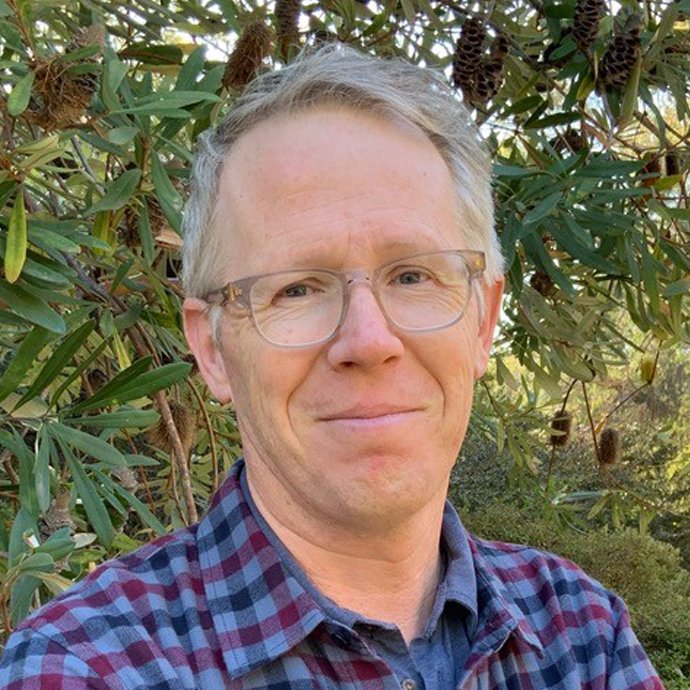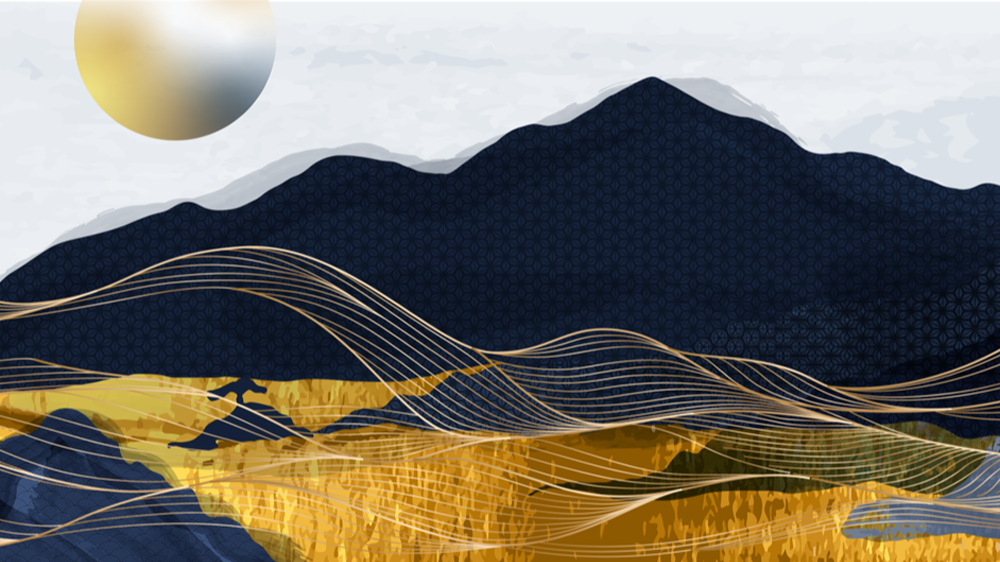Just like our collective memory of traditional knowledge fades when we support ourselves by burning oil instead of using fire as a tool for biodiversity, the land’s ecological memory eventually fades and its patterns become more difficult to find.
Mending landscapes means uncovering both the ecological memory of and our historic connection to the land. This seminar will discuss the importance and challenges of using fire to shape landscapes in Australia, Italy and Norway.
Please register by September 14th for physical or digital attendance.
About the event
Heraclitus understood fire to be the first element, its creative power giving rise to water, earth and air.
Flames have in fact formed both humans and ecosystems. Plants have evolved in tandem with the emergence of wildfires to the extent that these plants – and the animals that eat them – are called “fire followers”.
For millennia humans have used fire as a paintbrush on the landscape, creating meadows for elk or thinning brush to prevent uncontrollable wildfires (Kimmerer 2013). Today, there exists a cultural aversion to fire in the landscape (Bowman et al. 2009). Modern land management practices aim to suppress fires and the assumed destruction they bring. Instead, fire regimes are necessary disturbances contributing to biodiversity, and protect landscapes against uncontrollable wildfires.
Land holds an “ecological memory”, the patterns in the landscape that are maintained by creative fires (Peterson 2002). Just like our collective memory of traditional knowledge fades when we support ourselves by burning oil instead of using fire as a tool for biodiversity, the land’s ecological memory eventually fades and its patterns become more difficult to find.
Mending landscapes means uncovering both the ecological memory of and our historic connection to the land.
This seminar will discuss the importance and challenges of using fire to shape landscapes in Australia, Italy and Norway.
Program
14:15 Karen V. Lykke: Welcome and introduction
14:25 Andrew Mathews: Recovering fire in the Italian Apennines: Silence, stigma, and memory
14:50 Janike Larsen: Tinkering with fire: Mending reindeer grazing pastures in Finnmark
15:15 Coffee break
15:30 Jon Rasmus Nyquist: Fire regimes and what it means to reinstate them: Lessons from Australia
15:55 Panel Discussion led by Elin Wyller
16:30 Q&A
Presentation Abstracts (in order of program)
Recovering Fire in the Italian Apennines: Silence, Stigma, and Memory, by Andrew Mathews
Apennine mountain pastures in Italy, like many grasslands and woodlands around the world, are 'open ecosystems' that have been  shaped by histories of fire and grazing. State prohibitions and fire suppression policies have stigmatized traditional burning. The legacy of these prohibitions is manifested in social silence around fire and social forgetting about managed burning. State policies, changing economies, and climate change are combining to cause the rapid disappearance of grasslands around the world. Material and imaginative legacies of fire suppression shape our responses to contemporary fires.
shaped by histories of fire and grazing. State prohibitions and fire suppression policies have stigmatized traditional burning. The legacy of these prohibitions is manifested in social silence around fire and social forgetting about managed burning. State policies, changing economies, and climate change are combining to cause the rapid disappearance of grasslands around the world. Material and imaginative legacies of fire suppression shape our responses to contemporary fires.
Tinkering with fire: Mending reindeer grazing pastures in Finnmark, by Janike Larsen
Native and indigenous landscape practices are grounded  in century-long traditions of care for the landscape harvested from. A well-measured outtake of berries, burning wood, meat and fish have contributed to well-balances ecologies of human and non-human actors. As climate change is propelling and temperatures rise, some species ‘misbehave’: Empetrum nigrum is one such species and is triumphantly winning the competition for habitat and progressing to deteriorate reindeer grazing pastures all over Finnmark, the northernmost county in Norway.
in century-long traditions of care for the landscape harvested from. A well-measured outtake of berries, burning wood, meat and fish have contributed to well-balances ecologies of human and non-human actors. As climate change is propelling and temperatures rise, some species ‘misbehave’: Empetrum nigrum is one such species and is triumphantly winning the competition for habitat and progressing to deteriorate reindeer grazing pastures all over Finnmark, the northernmost county in Norway.
This presentation argues that care-taking as an attentive action is necessary, and discusses prescribed fire as a way of managing Empetrum nigrum and mending meadow land across the territory.
Fire regimes and what it means to reinstate them: lessons from Australia, by Jon Rasmus Nyquist
In this presentation I draw on fieldwork with fire managers in Western Australia to outline some characteristics of a regime as a pattern of  human-landscape relations. A fire regime can be used to describe the pattern in which fire occurs in a landscape, but it can also point to one characteristic way humans involve themselves with something that can be swayed and affected, but not controlled. I see a fire regime as a way of being involved with a landscape to keep it suspended in a condition where it tends to burn in tolerable ways. Based on the practices and experiences of fire managers who try very hard to maintain a fire regime, and think deeply about what would happen if their regime were lost or weakened, I reflect on some of the unique challenges of restoration when what is to be restored is a regime.
human-landscape relations. A fire regime can be used to describe the pattern in which fire occurs in a landscape, but it can also point to one characteristic way humans involve themselves with something that can be swayed and affected, but not controlled. I see a fire regime as a way of being involved with a landscape to keep it suspended in a condition where it tends to burn in tolerable ways. Based on the practices and experiences of fire managers who try very hard to maintain a fire regime, and think deeply about what would happen if their regime were lost or weakened, I reflect on some of the unique challenges of restoration when what is to be restored is a regime.
